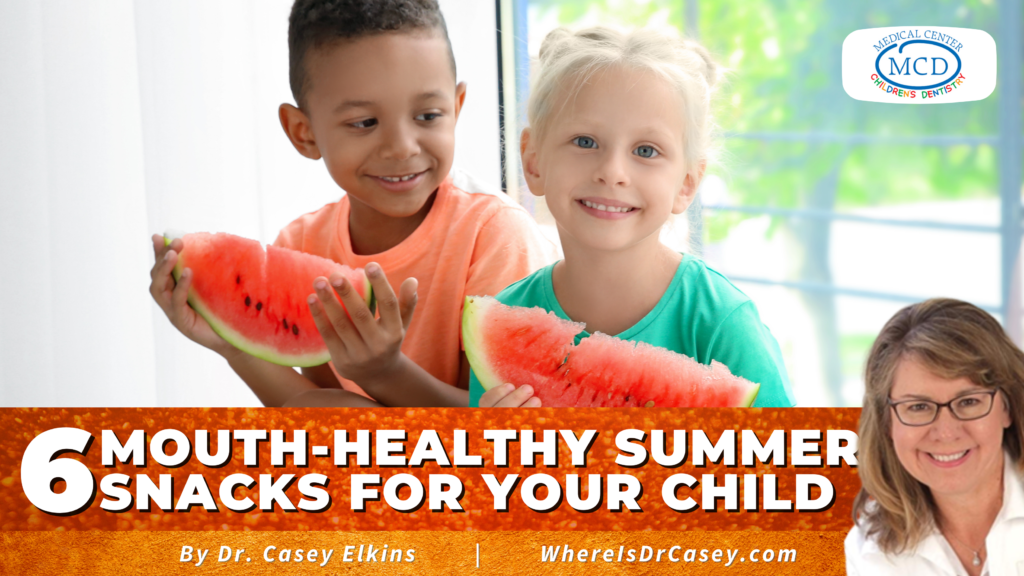
It’s summertime! This means many San Antonio families will have their kids spending a lot more time at home. Sometimes the best way to keep a kid happy and content is to have a variety of yummy snacks available for them throughout the day! The trick is finding healthy snacks that your children also enjoy eating. Here are some of Dr. Casey's favorite summertime snacks that also benefit the oral health of our pediatric patients and their families!
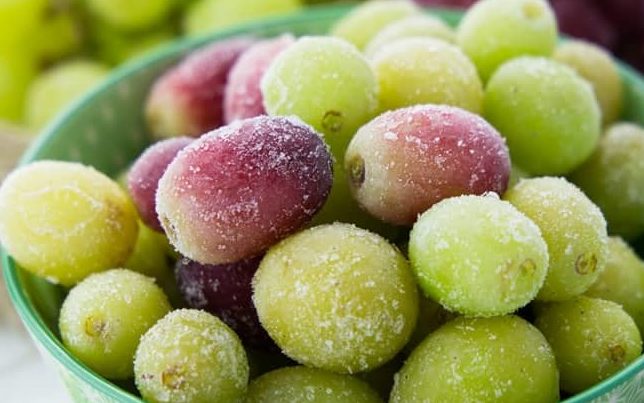
Sour Frozen Grapes
Grapes are one of the fruits known to benefit our oral health the most! Are you surprised? In fact, a group of scientists from the University of Illinois at Chicago College of Dentistry has found a natural compound in grapes that can strengthen the dentin in your child’s teeth and even increase the life of any resin fillings they may have.
Sounds like one more reason for us to indulge in one of our family’s go-to summertime snacks, frozen grapes. Because of their texture, they don’t usually freeze solid. However, we still recommend allowing them to sit out to warm at room temperature for a few minutes before sharing with your child, especially if your little one is younger than four years old.
These are a loved snack for countless children (and adults) of all ages! If your child is into sweet and sour treats, add some lime juice and shake it around before freezing the grapes. This gives the grapes a sour kick! We suggest using green grapes for an extra sour taste. Enjoy!
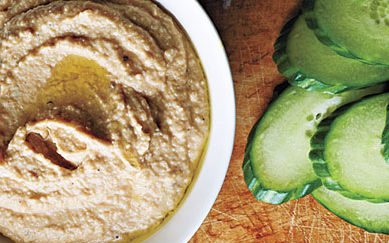
Crisp Cucumbers & Hummus
We love this snack at home or on the go! Cucumbers have one of the highest water contents of any vegetable. In fact, cucumbers are said to be about 96% water. This high water content allows cucumbers to help wash away food debris from in between your child’s teeth. The photochemical found in cucumbers successfully kill the oral bacteria that cause bad breath and prevents oral sores.
In our opinion, the best addition to crisp cucumbers is cold, flavorful hummus! This combination is easy to whip out at home or pack for healthy snack options on the run. It is also incredibly affordable this time of the year, as cucumbers and many other hummus-friendly vegetables are in season.
Hummus is a great, healthy addition to any vegetable snacks! Our favorite is the H-E-B Roasted Garlic Hummus, but the best flavor is the one your family loves the most. The main ingredient is chickpeas or garbanzo beans. Packed with folic acid, these ingredients help facilitate healthy cell growth in your child’s mouth. Other healthy dental snacks that go well with hummus are carrots and celery. Both of these vegetables are also great at washing away food debris and aiding in cleansing your child’s mouth.
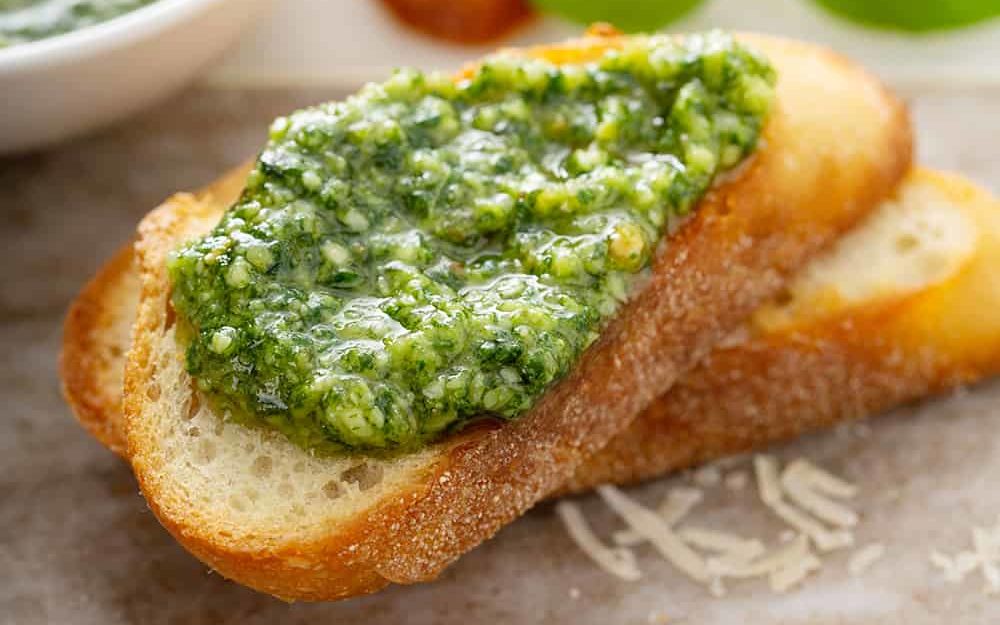
Simple Basil Pesto Toast
Pesto toast is an easy, kid-friendly snack that everyone will love and it’s easy to have on hand for hungry mouths. Pesto’s main ingredient is the herb, basil. Many doctors and dentists consider basil to be a natural antibiotic. This means that it lowers the quantity of negative bacteria present in your child’s mouth.
When looking for a sauce with variety, pesto always comes to mind. Pesto is simple, the base of this sauce only contains a few ingredients: spinach (1 cup), basil (½ cup), toasted pine nuts (1 tbs), minced garlic (1 tsp), parmesan (¼ cup), and olive oil (2½ tbs). You can also use other nuts, such as walnuts or almonds as an alternative to pine nuts. Worried it may go bad before your family can finish it all? You can freeze any leftovers for later!
Traditionally, Pesto is known as a pasta sauce, however, it is used in so many ways in the modern culinary arts. It is a staple on pizzas too! For a quick, on-the-go snack, we chose toasted bread for this recipe, yet we encourage you to get creative with making your family’s own version at home.
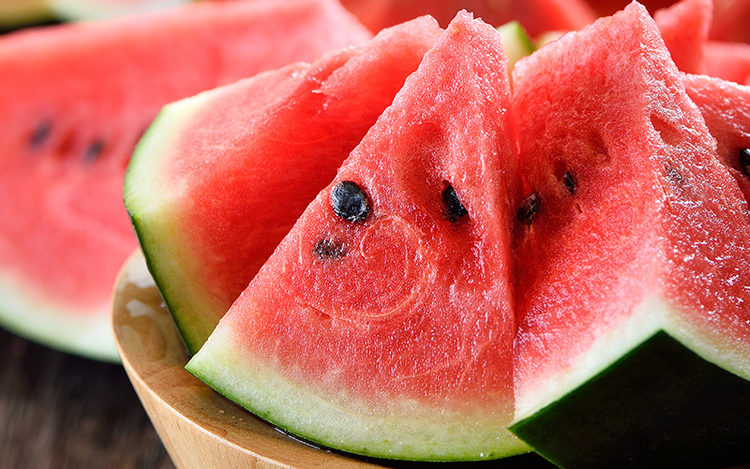
Fresh, Juicy Watermelons
Watermelon, like most melons, is rich in fiber. The fiber acts much like a natural toothbrush that scrubs your child’s teeth as they chew. Regularly consuming melons will help prevent the buildup of dental plaques and lowers the risk of tooth decay. They are even recognized for cleaning away food debris and other particles too.
Similar to cucumbers, watermelons have a high water content as well. These foods with high water contents tend to naturally stimulate the production of more saliva. This saliva contains enzymes that break down bacteria, while simultaneously repairing damaged tooth enamel.
Watermelons are also high in vitamin C, which is known for its ability to prevent gum disease, as well as bleeding gum lines. Vitamin C is additionally known for its ability to inhibit plaque buildup on the surface of our pediatric patients' teeth. Not to mention, most kids love these fruity, juicy snacks.
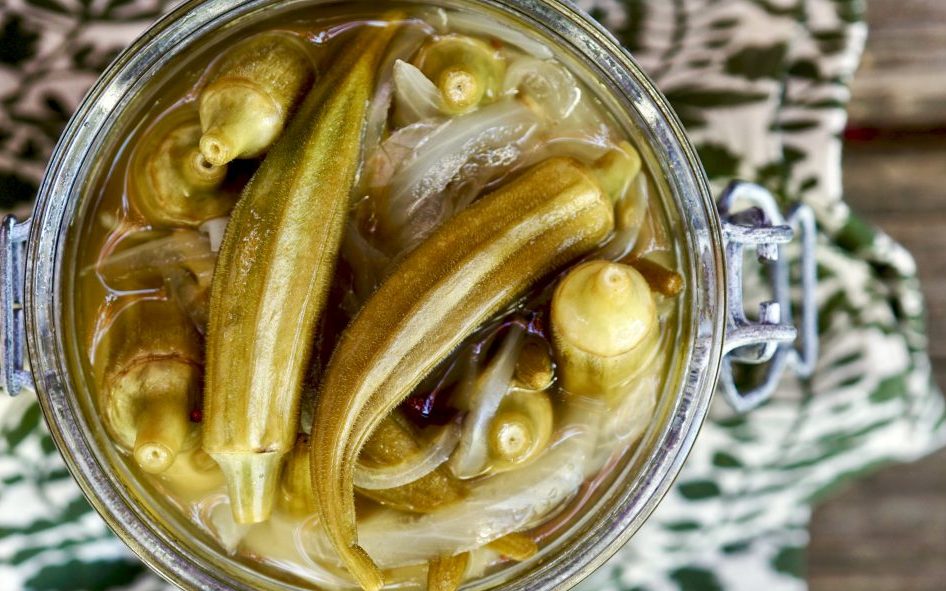
Finger Lickin’ Pickled Okra
A recent study highlighted that the okra fruit extract has shown efficacy against inhibiting the growth and killing a bacterium that causes aggressive periodontitis. This study published in 2020 by the Journal of International Oral Health, shows that okra could prevent aggressive forms of periodontitis. Periodontitis is also medically known as periodontal disease or gum disease. It can affect more than just your child’s oral health, it can negatively affect their overall health through the Oral Systemic Link too.
Okra is a food that some kids don’t mind and others judge solely because it is of the green variety. The best way for your family to benefit from the oral bacteria-killing qualities of okra is to add more to your diet! There are so many different ways to prepare okra or even simply add it into a dish.
This is the perfect time of the year to get fresh okra straight from the farmer! San Antonio and surrounding towns have countless Farmer’s Market Pop-Ups where you can purchase fresh, affordable produce. Fresh okra is a popular item at many of the stands, along with many other fruits and vegetables that are in season. We get our pickled okra from Talk O Texas’ Pickled Okra (San Angelo, TX), as we try to purchase locally when possible. This one is an Elkins family favorite!
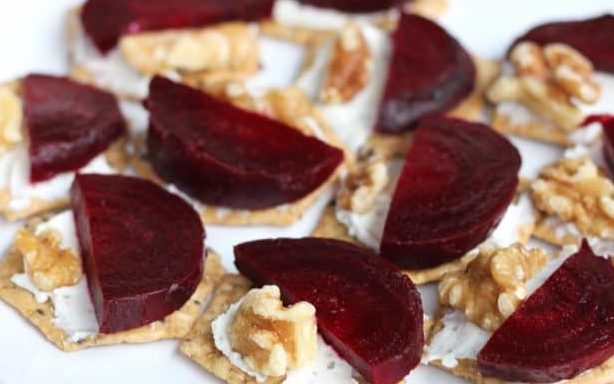
Cheesy Roasted Beet Crackers
We’ve previously mentioned the oral bacteria that have negative effects on our children's health. Yet, there are some species of oral and gut bacteria that actually benefit their health too! Beets are one of the foods that are rich in inorganic nitrate. Many species of these oral bacteria that positively benefit us convert the inorganic nitrate in vegetables into nitrite.
Nitrite is a precursor for nitric oxide, a signaling molecule that dilates blood vessels and transmits messages between neurons in the brain. A new study by the University of Exeter in the UK, even suggests that drinking beetroot juice regularly can ultimately alter the balance of bacteria in a patient’s mouth in favor of species that promote better oral, cognitive, and cardiovascular health. Some of the other vegetables contain significant amounts of nitrates, including cabbage, lettuce, spinach, and celery. These produce varieties could potentially offer your child similar oral and overall health benefits.
Grab your favorite crackers from the store, we prefer the variety of H-E-B Central Market's Entertainer's Selection. Slice and lightly oil your beets before laying them out on a baking sheet. Roast them at 375 degrees for 35-40 minutes. Once they have cooled, cut them to be about the size of your crackers. Load them up onto your cracker and top with your favorite cheese! We prefer H‑E‑B Traditional Fresh Goat Cheese on top of ours. Some parents may think the flavor combinations may be too much for children. Yet, you may be surprised to see just how much they enjoy these sweet and savory treats! You can add even more flavor with crushed walnuts, honey, or balsamic glaze.
While these are only a few of our favorite summer snacks, they are great examples of how easy it is to add healthy food and snacks into your family’s hectic lives. What our children eat directly affects their oral and overall health, so let’s give a jump start on lifelong oral health by starting to eat more mouth-healthy foods today! Interested in learning more? You're always welcome to reach out to us at Medical Center Children’s Dentistry. To discover more healthy snacks and recipes, check out Dr. Casey’s food-related blog articles.







1 Response